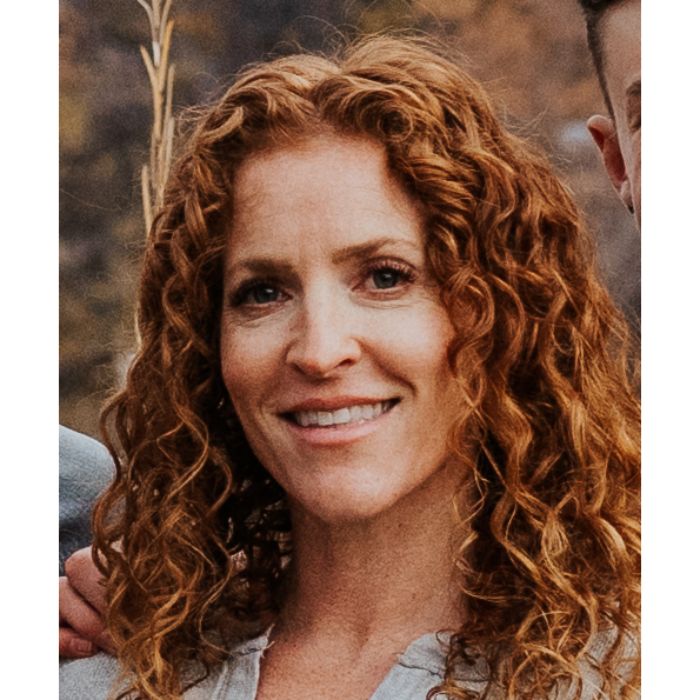Moving a young child from a crib to a bed is a big step, and the process and experience varies from one child to the next.
It’s normal to have questions about the right time to transition from crib to bed and how to make it as seamless as possible. Here’s how to ease the transition for you both.
When to Transition Your Child from Crib to Bed
Generally, the move to a toddler bed happens between 18 months and 3 years, but it varies.
“I recommend taking a child-led approach in moving your child to a big-kid bed. When your child begins to consistently ask for the big kid bed, you will know that they are ready,” says Christine Brown, founder and lead sleep and parent coach at Bella Luna Family.
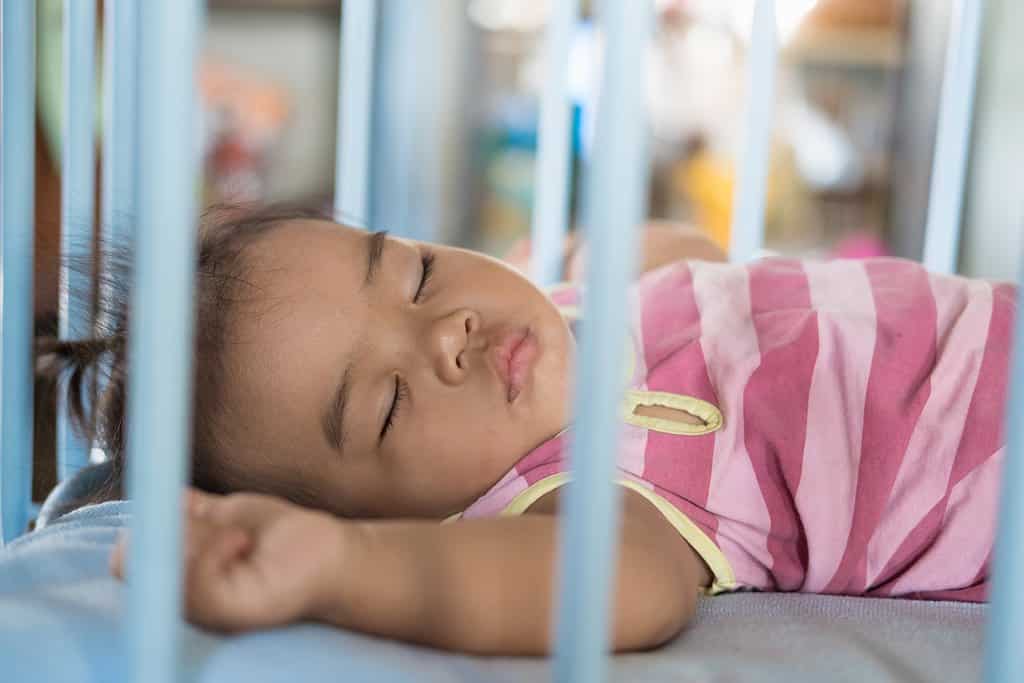
Brown also says that there is no “right time” to move a child from the crib to a bed. “It depends on the child and various factors that can determine how easy this milestone will be for the family.”
If you’re considering moving your child into a bed to improve sleep quality, keep in mind that the transition isn’t an automatic fix for issues like sleep regression. But there are indications that it’s an appropriate time for a big-kid bed.
Your Child Climbs Out of the Crib
Safety is the primary motivation for moving a child into a bed. “The first consideration should be if the child can no longer safely stay in their crib because they are climbing out,” says Brown. “If parents have exhausted all the safe ways to keep their child in the crib and they are still climbing out, this would be the ‘right time’ for that child.”
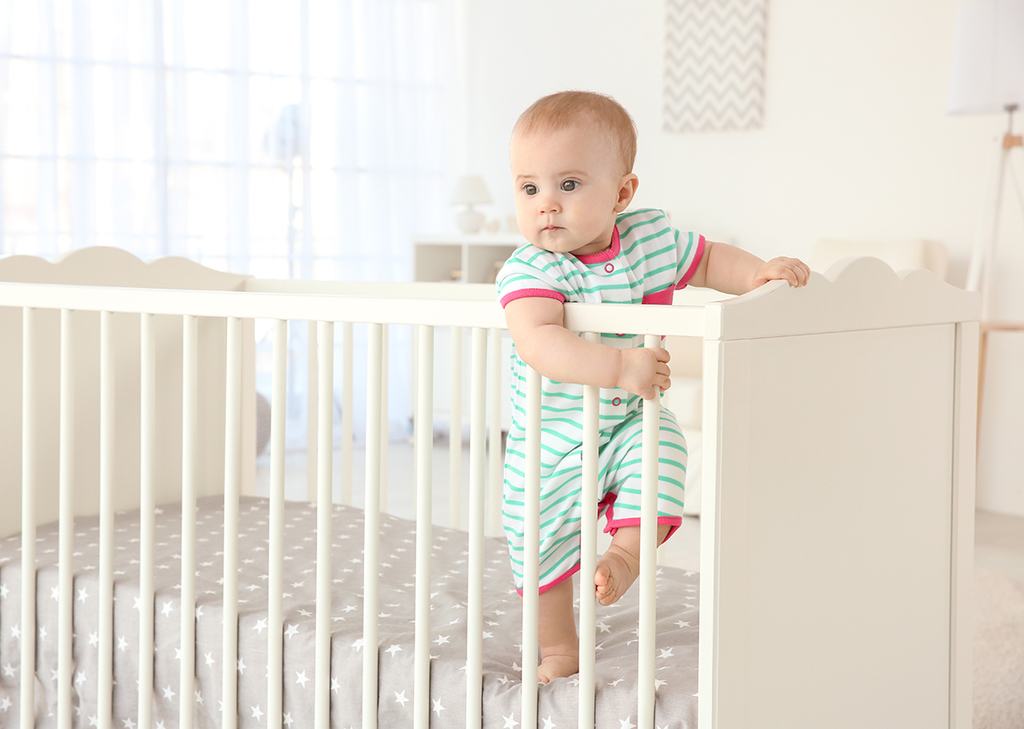
It’s true that beds are easier to climb out of than cribs, but beds for kids are designed to be lower to the ground. That means less of a drop to the ground.
Your Child is Too Big for the Crib
Young children grow rapidly, and some children physically outgrow their cribs earlier than you might expect.
According to pediatrician Dr. David Berger, from a safety perspective, the transition “should happen by the time the top of the crib rail comes up to the toddler’s chest, which is usually around when the child is 35 inches tall.” At that height, he says, it’s easier for the child to climb over the rail and risk a fall. “If a child can climb out of the crib at any age, it is probably time to move to a toddler bed,” adds Berger. Once this happens, it’s worth finding a good mattress for children to ensure quality sleep.
Your Child Keeps Asking
“If a child is 3 years or older and they begin consistently asking for a big kid bed, this is usually a good sign that they are ready for the transition,” says Brown.
It can also be a good opportunity to talk through the responsibilities and expectations for moving into a bed. Begin talking about the rules of staying in a big-kid bed in age-appropriate language. By the time your child moves into the new bed, they’ll have a general idea about what’s expected. Still, be prepared for a lot of repetition as your child adjusts to their new sleeping arrangements.
How To Transition Your Child From the Crib to Bed
There’s no single approach to the actual process of transitioning from a crib to a bed. But it’s important to make a plan and think through next steps instead of just jumping right in.
Time it Right
Children can be sensitive to big changes, so be mindful about what’s going on in their lives. Avoid timing this change to coincide with another major milestone, like potty training or becoming a big sibling. Brown also recommends picking a transition day and having a family meeting to discuss sleep rules, expectations, and consequences for not following sleep rules.
Prepare the Room
Since you can no longer rely on a crib to keep your child contained, it’s especially important that your home is childproofed. Check outlet covers, make sure there are no dangling cords or wires, pad sharp corners, and secure furniture to the walls.
“Some toddlers like to climb, which can be dangerous if the furniture can fall on top of them.” says Nicole Johnson, pediatric sleep consultant at The Baby Sleep Site.
Be mindful about the placement of the new bed, too. Place your child’s headboard directly against the wall, and ideally, with room on both sides to limit the possibility of your child slipping between the mattress and the walls. Don’t put the bed beneath the windows.
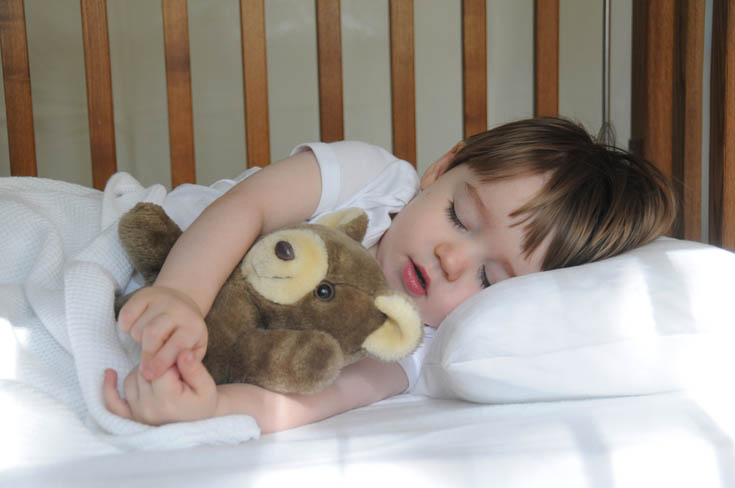
Then, focus on the fun stuff. “Have your child help you pick out new bedding,” suggests Brown. “This will get them really excited about that new bed.”
Involve Your Child in the Process
Make your child an active participant in the process so that they feel important, involved, and aware of what’s happening.
“Prepare them for the change by talking about it,” says Brown. She also suggests getting a book that talks about the change that is coming. Berger adds that it’s helpful to explain that the new bed is for “big kids,” which toddlers want to be.
Keep the Same Bedtime Routine
Children are creatures of habit, and a consistent bedtime routine is an important part of healthy sleep hygiene. If you haven’t yet developed a bedtime routine for your child, now is the time to start. Turn off electronics at least an hour before bedtime. Put your child to bed at the same time every night and follow the same routine, such as bath time, oral hygiene, and two stories. The repetition can help cue sleepiness. Be enthusiastic about following this routine and praise your child for doing so as well. You may even consider positive reinforcement, like a sticker chart.
Create a Plan For When The Child Gets Out of Bed
It’s very likely that your child will get out of bed at least a few times, especially in the beginning. Have a plan about how to manage these scenarios.
“Emphasize how proud the parent is that the child follows rules, so they know the parent is proud when they follow this rule of not leaving the room,” says Berger.
He also notes that children should be taught that if they need to leave their room, or when they wake up in the morning, they should immediately find a parent. “Consider a reward system for them staying in bed/in the room,” he adds.
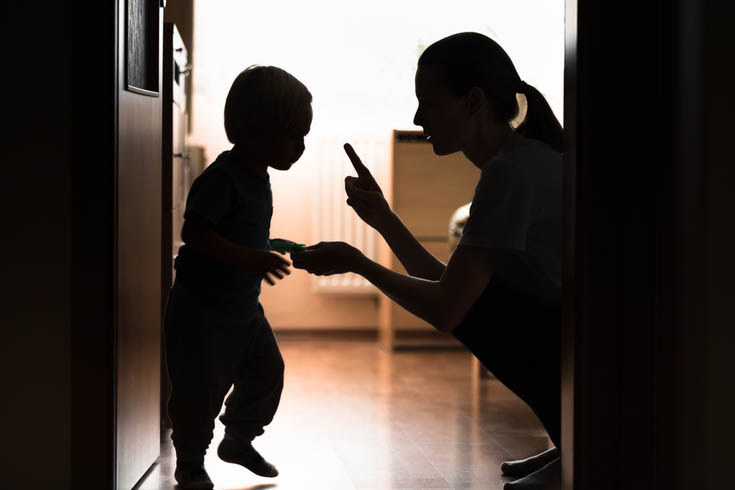
Positive reinforcement when they return to their bed is a better approach than scolding them for leaving it, so remember that this is a big change and be patient.
“Silently and emotionlessly put your child back to bed if they get out,” Brown advises. If getting out of bed isn’t terribly exciting, they’re more likely to stop doing it. She also emphasizes consistency. “It is their job to test boundaries, and it is your job to have a consistent response and to remain calm and patient while they adjust to the change,” she says. “This means keeping the routine the same too.”
For persistent toddlers, some families opt to put a safety gate in the doorway to turn the entire bedroom into a “crib” of sorts. For some toddlers, this reduces anxiety since the child better knows they will be safe and helps them control their impulses, Johnson shares.
Tips for Sleep Training Children
Transitioning from a crib to a bed is a big deal, and it’s normal for your child to experience some ups and downs. It can be helpful to rely on the sleep training tips you may have used in the past.
- Manage light, sound, and temperature. “Ensure the room is optimized for sleep,” says Brown. Keep the bedroom temperature conducive to sleep, use a white noise or sound machine, and keep outside light out. Brown also recommends using a red nightlight to quell any fear of the dark.
- Be consistent with bedtime. Following a regular bedtime is a signal to the body that it’s time to wind down for sleep. Brown also recommends choosing the bedtime itself wisely. “Ensure that bedtime is at a time when the child is tired, but not overtired,” she says. “If a child gets overtired, they are more likely to fight bedtime.”
- Consider using an “OK to wake clock.” Brown says these tools can give your child a visual clue that they need to stay in their bed or room until the clock is a certain color. “This helps with creating visual cues,” she adds.
While these tips are a great place to start, check out our full comprehensive Parent’s Guide to Helping Children Sleep to help your kid get the best sleep possible.
FAQs
What is the best age to transition from crib to bed?
There is no best age, since every child is different. Generally, most children move from the crib to a bed between 18 months and 3 years old.
How do you sleep train from crib to bed?
Prepare your child for the transition by talking about it. Choose a transition day, and include your child in the process of choosing new bedding. Discuss sleep rules, expectations and consequences of not following sleep rules. Then, be patient and consistent. It’s going to take some time for your child to adjust.
Be thoughtful about this decision, too. “Many children feel very safe in their cribs and truly enjoy sleeping there,” notes Brown. “This is a big milestone for your child. Don’t feel like you need to rush the change – wait until they are ready and it is the right time for you.”
Are bunk beds safe for toddlers?
“The lower bunk may be safe for toddlers, but they can still be a safety concern if the child climbs the stairs or ladder without parental supervision,” says Brown. If your child is sleeping in the bottom bunk, it may be best to remove the ladder until they’re older. According to Berger, bunk beds aren’t safe for toddlers and should be reserved for older children.
What age can children start sleeping in bunk beds?
“The youngest age to consider the safety of the child is 6 years of age,” says Berger. That’s the recommendation of many manufacturers as well, but it’s important for parents to make this decision based on their child.

